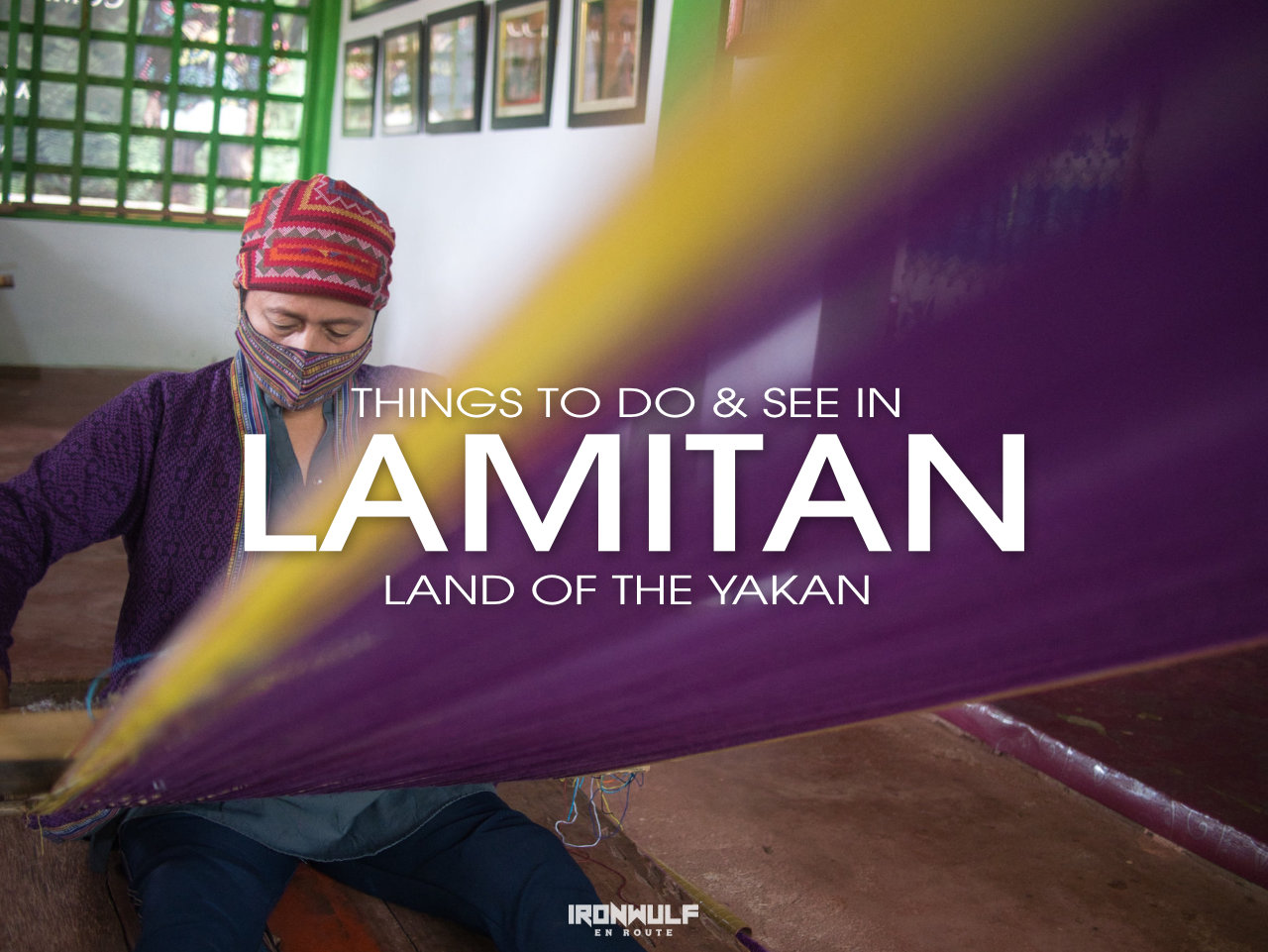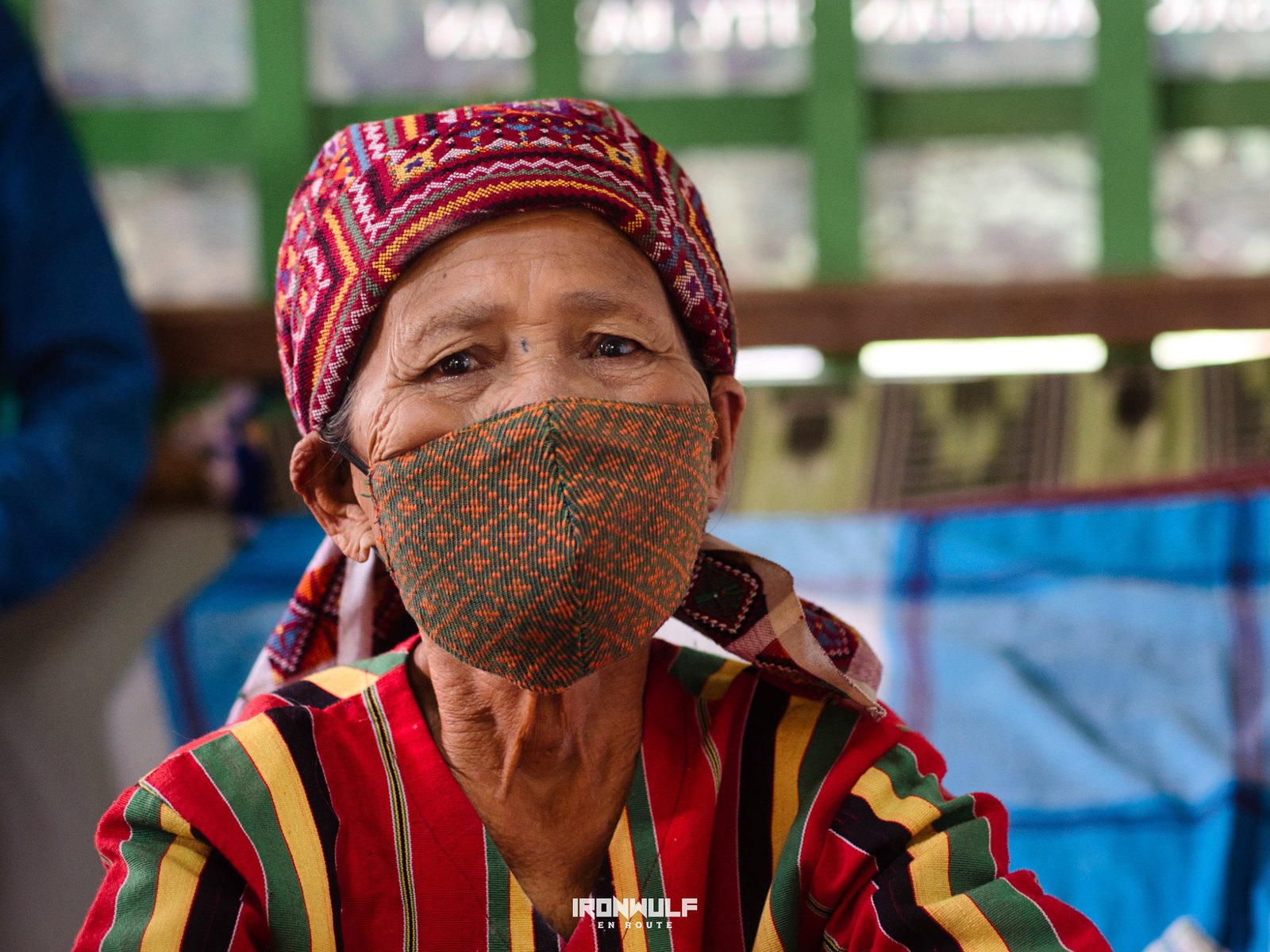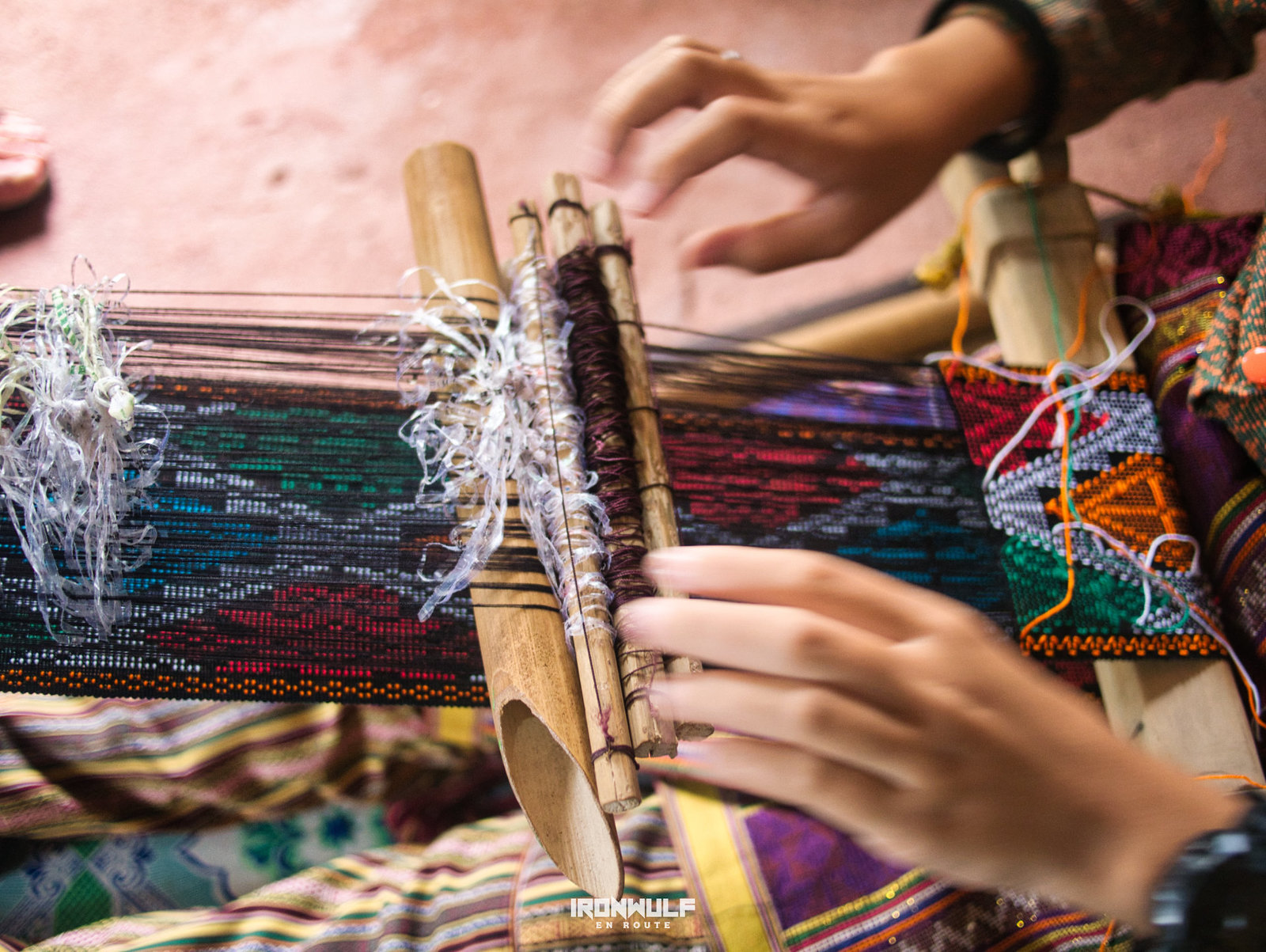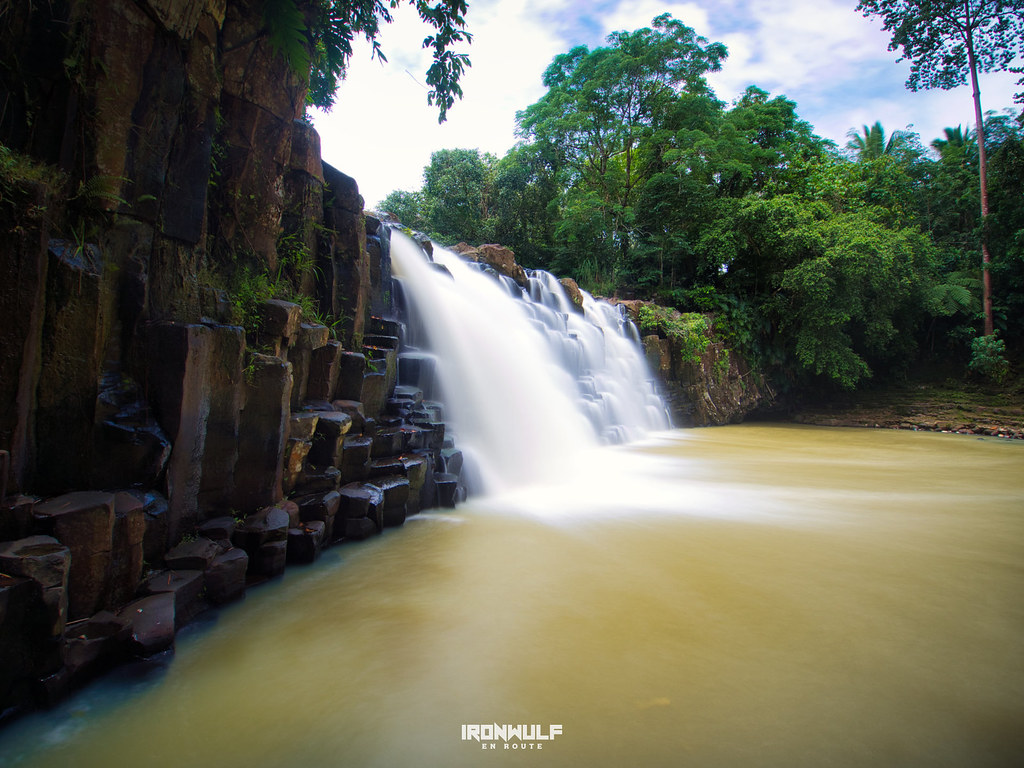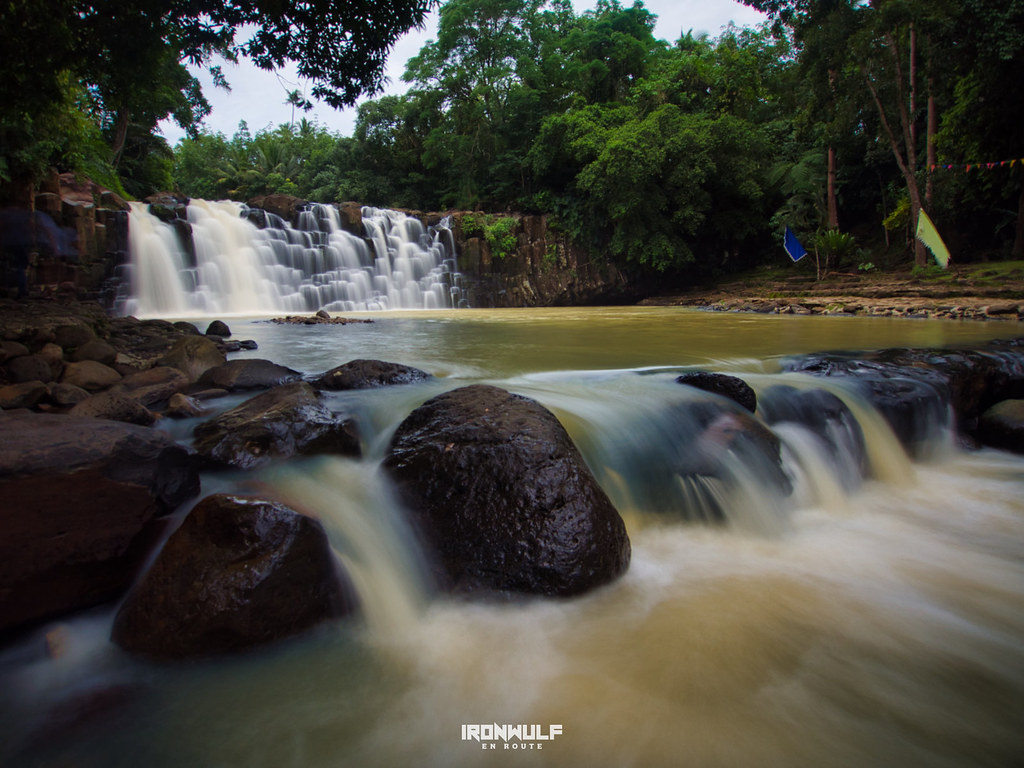The island of Basilan interestingly has two major cities. There’s Isabela de Basilan, now the center of commerce and trade. Then there’s, Lamitan, the government seat of Basilan province. In 2017, the provincial capital was transferred from Isabela de Basilan to Lamitan City as it is formally part of the Bangsamoro Autonomous Region in Muslim Mindanao (BARMM). In terms of tourism, one of the main highlight for a visit in this city is to learn more about the Yakan tribe, one of the first original inhabitants of the island of Basilan.
Where is Lamitan City?
The city of Lamitan is bounded by Isabela de Basilan in the west, Akbar and Tuburan in the east, Ungkaya Pukan and Tipo-tipo at the south. At the north is Basilan strait. The landscape is flat and hilly near the coast. Sloping up to 300 meters toward the center. From our drive, the road was well-paved and winding. I noticed a good portion of the area is still heavily forested with the highest peak of the island in view. It would be interesting to explore this area for the flora and fauna and view from the hinterlands.

Meet The Yakan People
The Yakan people make up less than half of Basilan’s population and are considered one of the original inhabitants of the island. They area an agricultural people who are used to cultivating soil to grow rice and crops like coconut and cassava. Originally considered as part of the Sama people who learned to live of the land.

Yakan are primarily Muslims and families are mostly close knit. They are known to be gentle, trustworthy and loyal people. Fierce if they need to defend what matters for them, like their land, family and beliefs. They are highly creative too as they love music and playing instruments. They have a colorful weaving tradition. Their steelworks are impeccable as well. It’s worth to visit Lamitan just for interacting and learning more about the Yakan people.
National Living Treasures from the Yakan People
As a testament to the Yakan people’s natural talent, Lamitan is home to a couple of National Living Treasures. The Gawad ng Manlilikha ng Bayan (GAMABA) awardees are given by National Commission for Culture and Arts (NCCA) to two distinguished Yakans – Uwang Ahadas and Ambalang Ausalin. The GAMABA National Living Treasure is the highest award one can be given to a Filipino artist excelling in their skills unique to a traditional Filipino art.
Uwang Ahadas was awarded a GAMABA for his expertise in music. Coming from a family of strong musical tradition, he learned from a community of elders and was able to master most of the Yakan musical instruments by the early age of 20. Still not contented, he broke tradition by mastering the kwintangan, an instrument only women traditionally play. His genius didn’t end there as he also helped preserve the musical tradition of the Yakan and its culture through music. We didn’t manage to meet him in our visit as he already have poor eyesight, restricting him to travel around.

However, we were honored to meet, Ambalang Ausalin, a GAMABA Awardee for the traditional Yakan Weaving. Yakan’ textile weaving is intricate, vibrant and symbolic. It varies in use, from clothing to daily accessories. Apuh Amabalang honed her skill from her mother who was the “a’a pandey megtetennun (an expert weaver)” of her generation. Amabalang eventually mastered all the weaving categories in existence.
GAMABA Cultural Center
We met Apuh Ambalang Ausalin at the GAMABA Cultural Center at Parang Basak, Lamitan. The center was inaugurated last October 2019 as a venue to showcase, share and study the art of Yakan Weaving. It’s also a good place to acquire authentic Yaka weaving and related products.
Nature Escape at Bulingan Falls
For a nature trip in Lamitan, Bulingan Falls is an ideal place to visit. The 21-feet high and 40-meter wide falls is natural even if it doesn’t look like it with its unique looking rock formations where the water cascades. The cubical rocks looks like it was man-made. There’s a nice wide basin for a shallow dip. There are picnic areas too for a more comfortable stay by the falls. We certainly enjoyed a halal meal course with the sound of rushing waters as backdrop.
Learn more at Lamitan Library-Museum
Heading back into the city to visit the Wee Siu Tuy Memorial Hall also known as the Lamitan City Library & Museum. This building beside a commercial complex houses a collection of items and artifacts about Lamitan. Half of the building is a public library. The library was originally an endowment from a Chinese local businessman Wee Siu Tuy back in 1981.
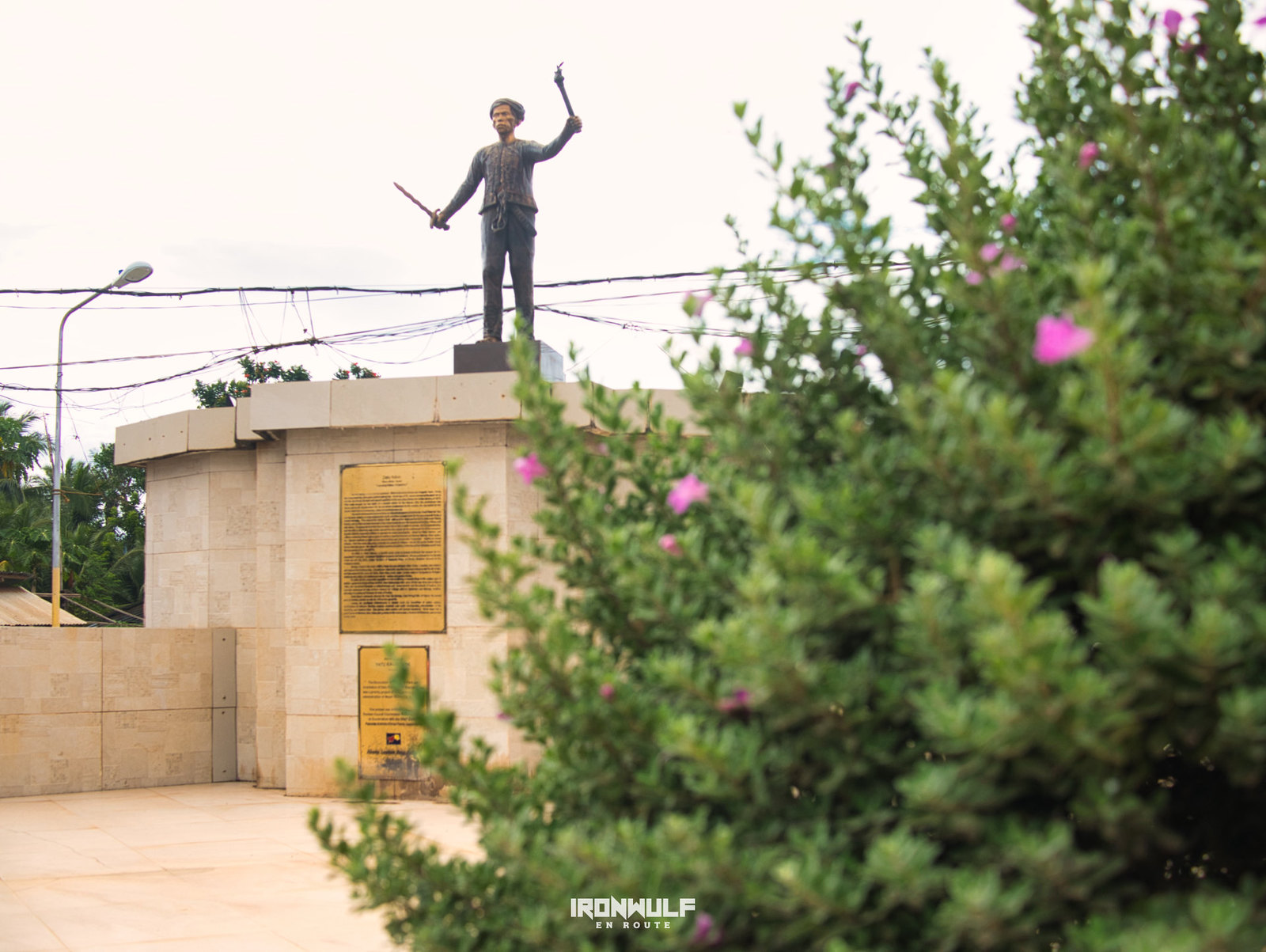
Datu Kalun Park
Our last stop before departing Lamitan was the Datu Kalun Park. Located at Barangay Malinis, this triangular park pays tribute to Pedro J Cuevas, also known as Datu Kalun, the “Founding Father of Lamitan City”. The park is also the oldest and easily seen landmark of the city.
For more info and assistance on visiting Lamitan, visit:
Facebook: /LamitanCityTourism/
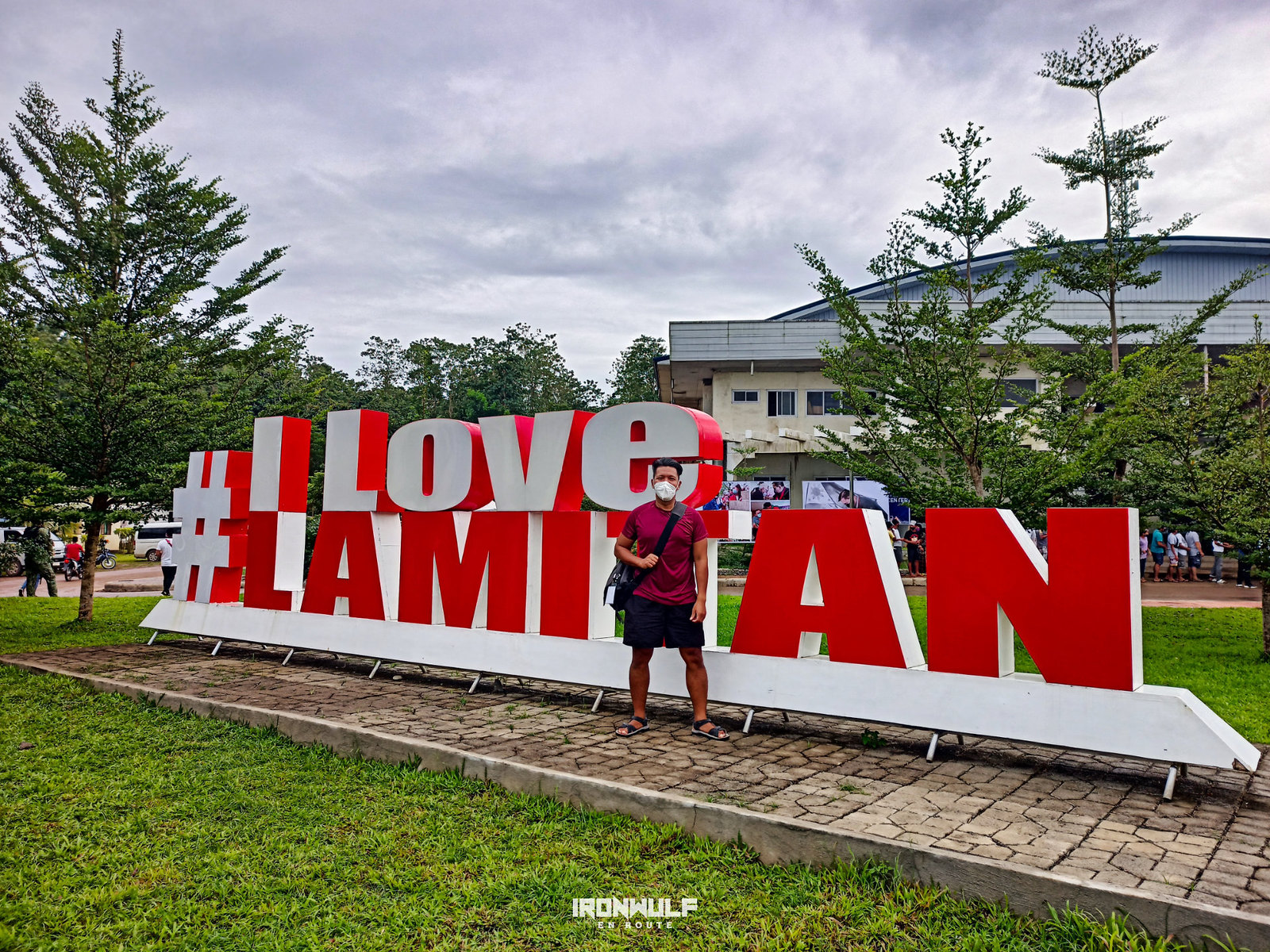
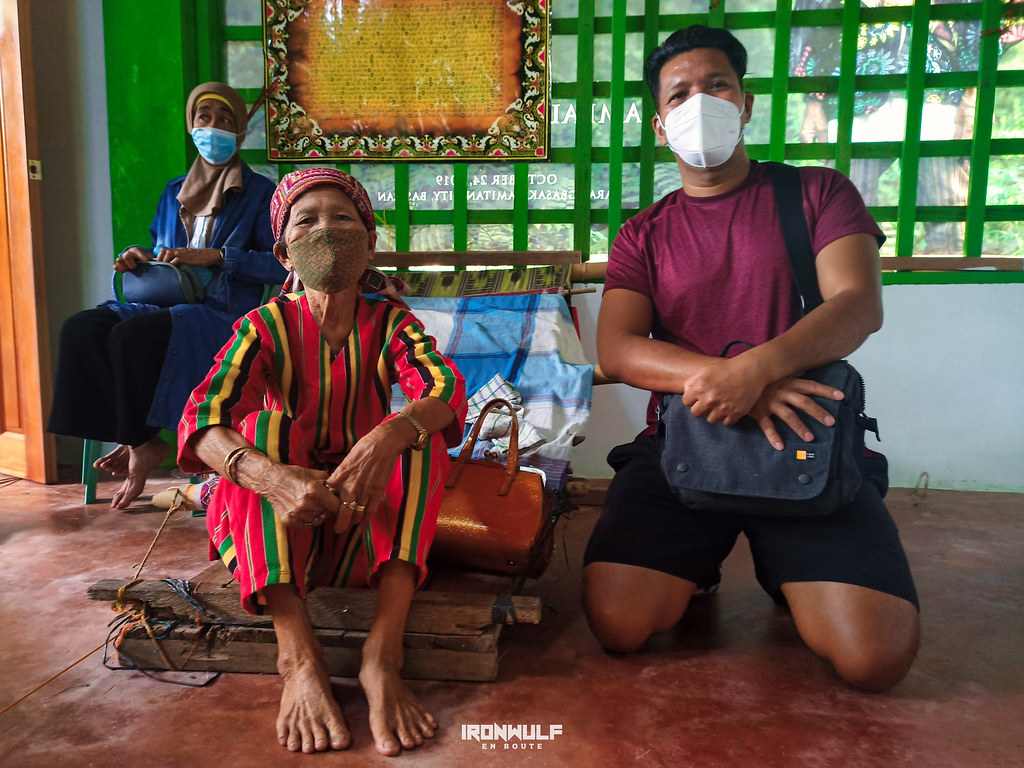

Ferdz Decena is an award-winning travel photographer, writer and blogger. His works has found print in publications such as Singapore Airlines’s Silver Kris, Philippine Airlines’ Mabuhay, Cebu Pacific’s Smile and Seair InFlight. He has also lent his expertise to various organizations like the Oceana Philippines, Lopez Group Foundation, Save the Children and World Vision, contributing quality images for their marketing materials.
